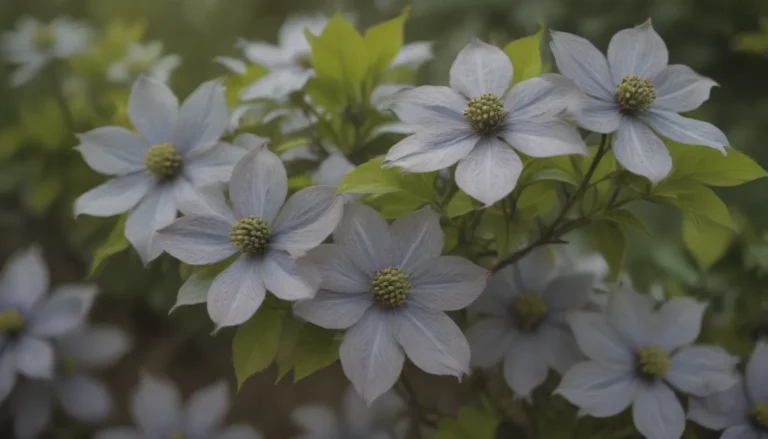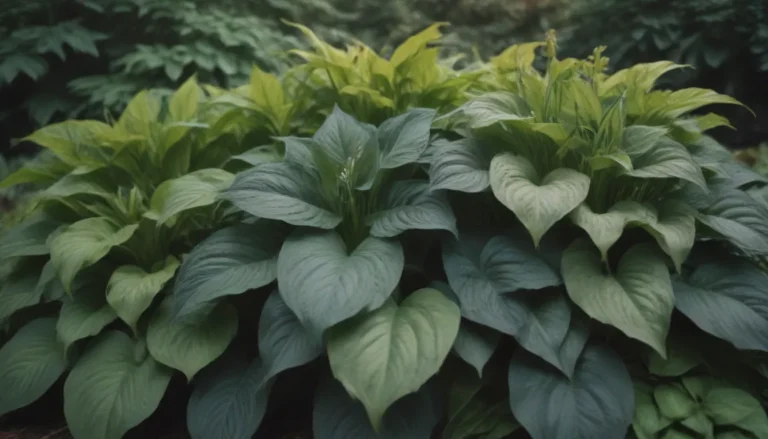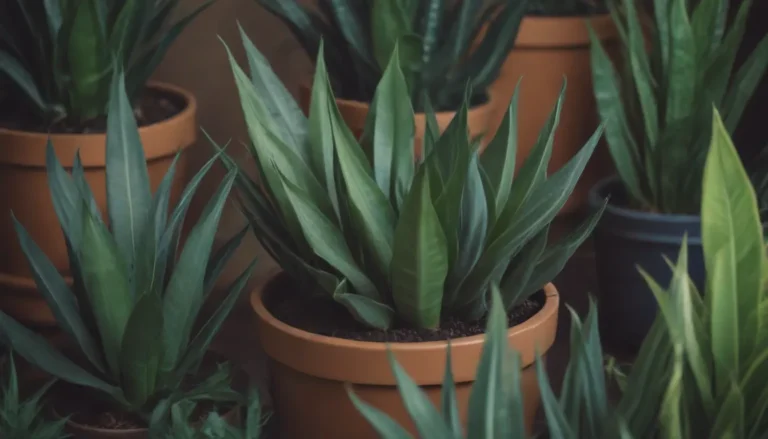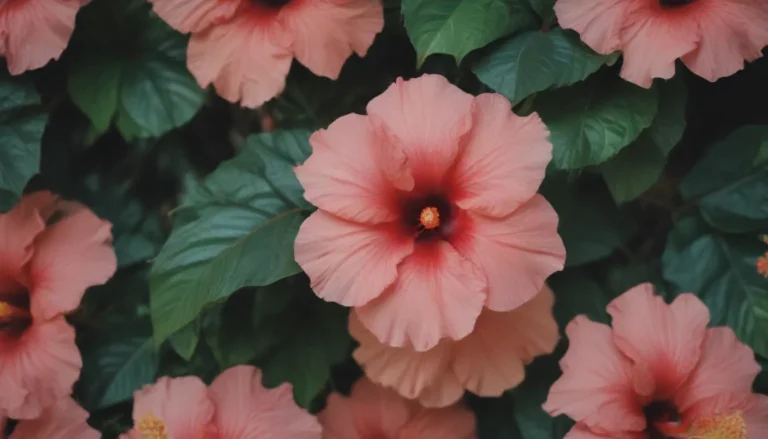Ultimate Guide to Growing and Caring for Lungwort
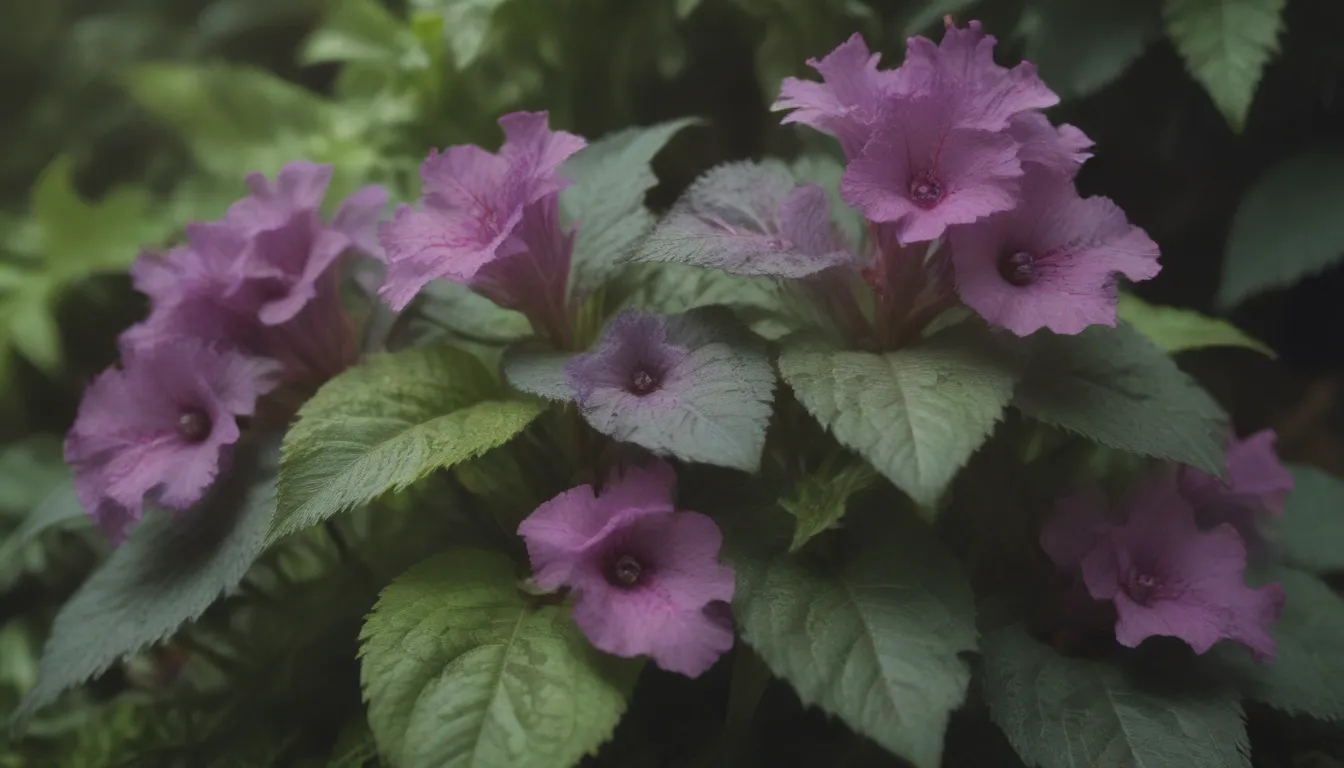
Welcome, plant enthusiasts, to our ultimate guide on how to grow and care for lungwort – a beautiful perennial that brings vibrant colors and unique foliage to shady corners of your garden. In this comprehensive article, we will delve into the world of Lungwort, exploring everything from its origins to care tips, common problems, and how to get your lungwort to bloom. So grab a cup of tea, settle in, and let’s dive into the wonderful world of Lungwort!
Introduction to Lungwort
The Pulmanaria genus boasts around 18 species of evergreen or herbaceous perennials, primarily found in Europe and Western Asia. Among these species, Pulmonaria saccharata, P. angustifolia, and P. longifolia stand out as popular garden plants and genetic parents to numerous hybrid cultivars. Lungwort is characterized by its low-growing stature, fuzzy green speckled leaves, and bell-shaped flowers that transition from pink to violet-blue. While the flowers are short-lived, it’s the attractive foliage that truly makes lungwort a valuable addition to any garden landscape.
Finding the Perfect Spot for Lungwort
Choosing the right location for your lungwort plants is crucial for their well-being. Here are some tips to ensure your lungwort thrives:
- Select a shady area with partial sun to full shade.
- Plant in organically rich, humusy soil that remains moist.
- Ensure the soil pH ranges from 7.0 to 8.0 for optimal growth.
- Water your lungwort moderately, avoiding both drought and waterlogged conditions.
- Watch out for harsh direct sunlight, which can scorch the leaves.
Lungwort Care Tips
Caring for lungwort is relatively simple, as long as you provide the right conditions. Here are some essential care tips to keep your lungwort healthy and thriving:
Light:
- Lungwort thrives in partial sun to full shade.
- Provide some bright light in early spring but shield from harsh direct sun in hot weather.
Soil:
- Opt for organically rich, humusy soil that retains moisture.
- Avoid dry soil, which can lead to plant decline, and overly wet soil, which may cause root rot.
- Monitor soil pH levels within the 7.0 to 8.0 range for optimal growth.
Water:
- Keep the soil consistently moist, watering when it begins to dry out.
- Avoid overwatering to prevent waterlogged conditions that could harm the plant.
Temperature and Humidity:
- Lungwort prefers mild temperatures and may wilt in hot climates.
- Provide shade during hot summer weather and watch the plant perk up in cooler fall temperatures.
Fertilizer:
- Use a small amount of all-purpose garden fertilizer in early spring.
- Incorporate compost into the soil to encourage healthy growth.
Types of Lungwort Cultivars
While Pulmonaria species serve as the foundation for many hybrid cultivars, numerous varieties offer a range of colors and patterns. Some popular lungwort cultivars include:
- ‘Blue Ensign’
- ‘Raspberry Splash’
- ‘Shrimps on the Barbie’
- ‘Trevi Fountain’
- ‘Majeste’
- ‘Excalibur’
- ‘Spilled Milk’
- ‘Roy Davidson’
- ‘Smokey Blue’
- Pulmonaria officinalis ‘Sissinghurst White’
Pruning and Propagating Lungwort
Pruning your lungwort plants after flowering and propagating them by root division are essential tasks to maintain their health and vigor. Here’s what you need to know:
- Remove faded flower stems and degraded leaves to encourage fresh growth.
- Prune back the plants during dry, hot weather to promote rejuvenation.
- Propagate lungwort through root division for best results.
Common Pests and Diseases
Lungworts are generally hardy plants but may encounter issues like powdery mildew and slug damage. Here’s how to tackle these common problems:
- Treat powdery mildew with fungicide if necessary.
- Watch out for slug damage, which can result in abnormal foliage.
- Maintain healthy plants to prevent pest and disease issues.
Overwintering Your Lungwort
Protect your lungwort plants during winter by covering them with mulch after the ground freezes. This will help insulate the roots and ensure they survive the cold months. In colder zones, such as 3 and 4, this step is particularly crucial.
Tips for Blooming Lungwort
While lungwort’s foliage is its main attraction, getting the plant to bloom requires just the right conditions. Here’s how to encourage vibrant flowers:
- Provide some morning sunlight and afternoon shade.
- Maintain consistently moist soil without overwatering.
- Keep soil pH slightly alkaline and avoid excessive fertilization.
Dealing with Common Lungwort Issues
Although lungwort is relatively easy to grow, it may encounter some challenges, especially in hot, dry weather. Here’s what you need to know:
- Don’t fret if your lungwort dies back in hot weather; this is natural.
- Cut back the plants and ensure they receive adequate moisture to recover.
Final Thoughts
Lungwort, with its lung-shaped leaves and captivating flowers, adds beauty and charm to any shady garden nook. By following the care tips and recommendations in this comprehensive guide, you can ensure your lungwort thrives and delights you with its unique colors and textures. Whether you’re a seasoned gardener or a beginner, lungwort is a fantastic addition to any garden landscape, offering beauty and resilience in shady corners.
Remember, as Allen Armatage once said, “Pulmonaria is regarded as one of the best foliage plants for moist, shady areas.” So go ahead, plant some lungwort, and watch your garden come to life with this delightful perennial!
Sources:
- Armatage, Allen. Armatage’s Garden Perennials. Echo Point Books, 2021.
- Pulmonarias: Natural Choice for Shade Gardens. North Carolina State Extension.
- Hawk, Richard. An Appraisal of Pulmonaria for the Garden. Chicago Botanical Garden.
- Clausen, Ruth and Christopher, Thomas. Essential Perennials. Timber Press, 2014.
